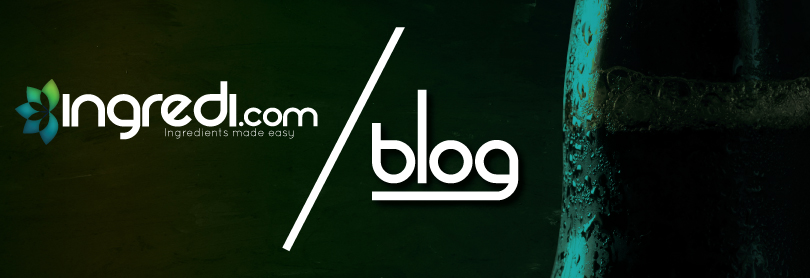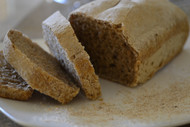What is Guar Gum?
By on Nov 26th 2018
You may have seen it on ingredient labels or on food blogs as a natural additive for gluten-free baking. But what, exactly, is guar gum?
Guar gum, also known as guaran, comes from the seeds of guar beans, a type of legume plant. Guar beans contain large endosperm that contains a large polysaccharide of galactose and mannose. The seeds are dehusked and then milled into a free-flowing white powder: guar gum powder.
Guar Gum Uses
Guar gum powder has an extended list of uses ranging from the food and beverage industries to the industrial sector, although its largest market is the food industry. As an additive in food and beverages, guar gum is a thickener and emulsifier. It also has stabilizing properties. Essentially, guar gum helps keep things mixed and helps inhibit separation of ingredients.
Because guar gum is naturally gluten-free and a thickening superpower (did you know it has eight times the thickening power of cornstarch?), it’s become a staple in gluten-free flour mixes and baking. In fact, it is one of the most frequently used gums in the baking and manufacturing of gluten-free products. Its popularity is similar to xanthan gum. You can read more about the most popular uses of xanthan gum here.

Baked Goods
Guar gum can be used to replace wheat flour in baked goods. When using traditional flours that contain gluten, the protein gluten acts as a thickening agent in doughs and batters and to trap air bubbles (this is what makes baked goods light and fluffy). When you remove the gluten from the recipe, you need to add a thickener/emulsifier such as guar gum.
When used in recipes for baked goods, guar gum increases dough yield, gives greater resiliency, and improves both the texture and shelf life. Additionally, when used in pie fillings, it prevents syneresis (the separation of water out of the “gelled” filling). Preventing syneresis helps keep the pie crust nice and crisp.
Dairy Products
Guar gum is often added to dairy products such as milk, yogurt, and liquid cheese products. When used in ice cream and sherbet, guar gum also helps to maintain the homogeneity and texture of these products. As an emulsifying agent, guar gum helps keep a smooth and consistent texture, as well as easily dispersed ingredients.

Vegan Products
Just as guar gum is used to thicken and improve the texture of dairy products, it has the same benefits for non-dairy alternatives, as well. Guar gum is frequently found in plant milks to increase the liquid’s viscosity (and improve mouthfeel). Guar gum can also be used in some recipes as a vegan-friendly alternative to gelatin.
We used guar gum to make delicious vegan brownies! Get the recipe here.
Other Uses for Guar Gum
Guar gum can be found all throughout your pantry and refrigerator. When added to meat products, it acts as a binder. When added to condiments, such as salad dressing and barbecue sauce, it improves the appearance of these products and prevents the ingredients from separating. Guar gum is also used in everything from canned soups and fish in sauce to instant oatmeal and frozen foods.
Besides food, guar gum also has industrial uses, too. The shale oil and gas extraction industries, for example, consume a large amount of produced guar gum. Among other options, guar gums are the preferred thickeners for enhanced oil recovery. Guar Gum is also used in the following industries: textiles, paper, explosives, pharmaceutical, and cosmetics.
Guar Gum Suppliers
Guar gum has a wide variety of uses, no matter what you’re making. If you’re looking for a guar gum supplier that offers bulk quantities, we offer guar gum in 50lb bags manufactured by Haji Dosa. Our product is GMO-free and is organic compliant. You can find all information and data sheets here.
You can shop our full selection of gums for bakery use here.






